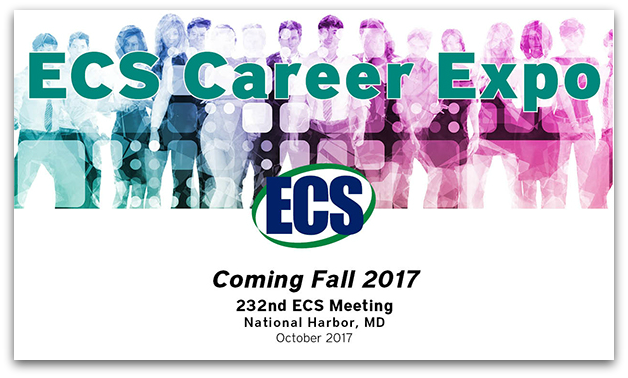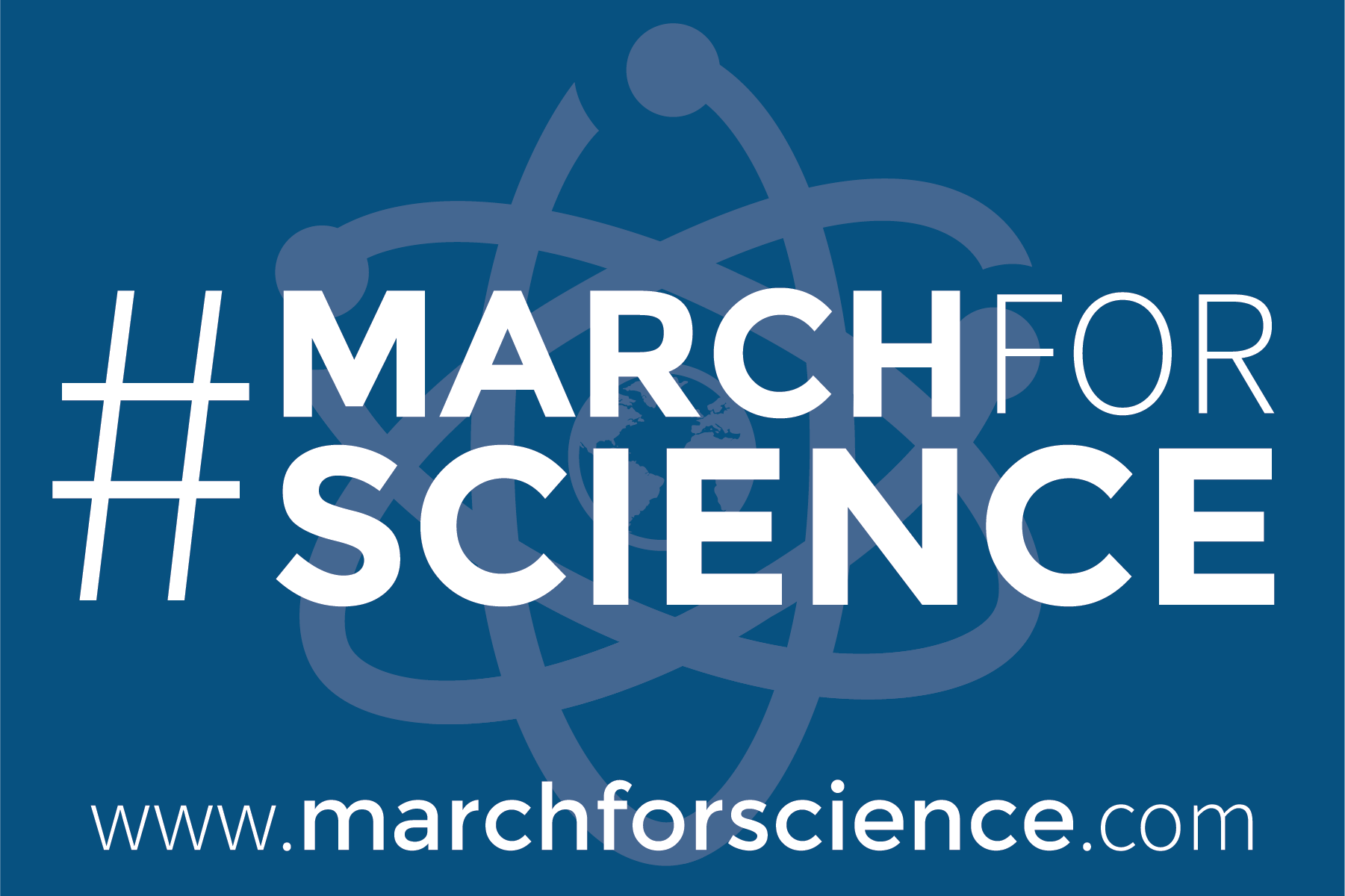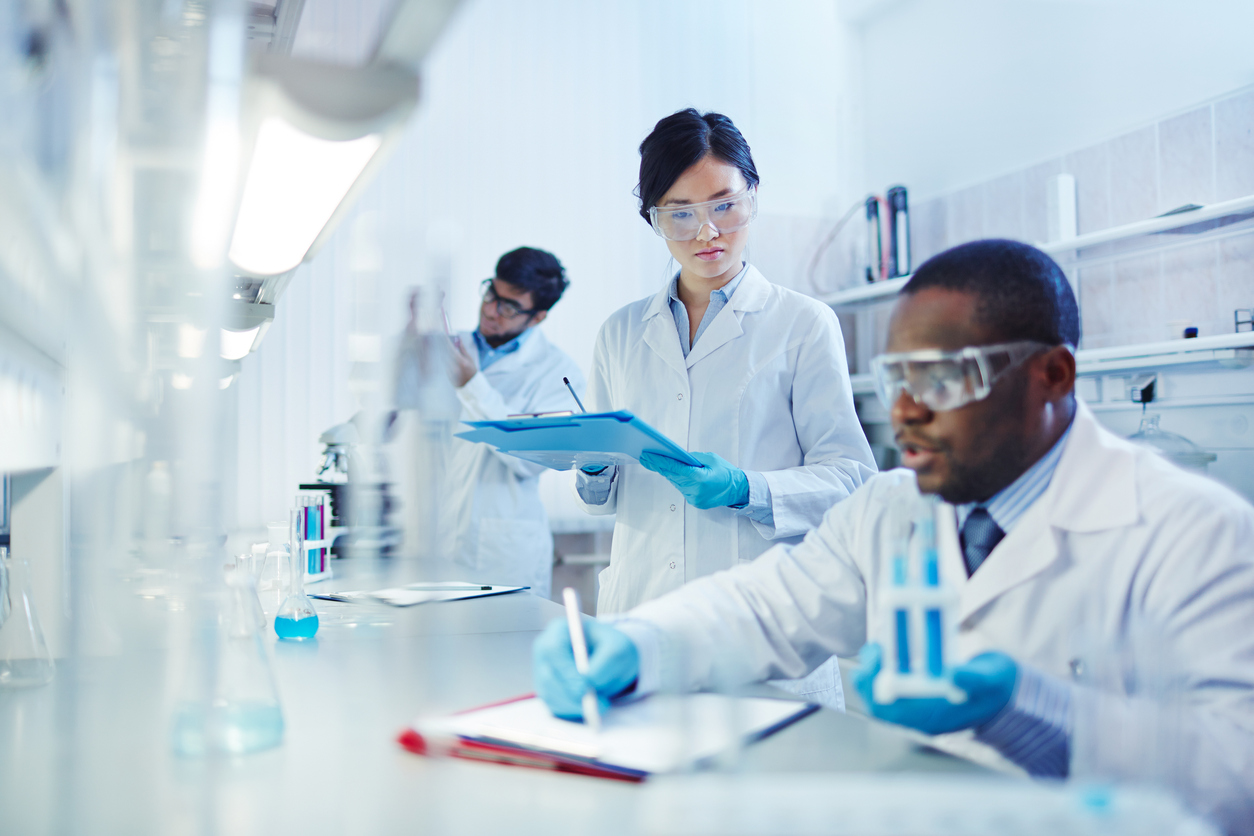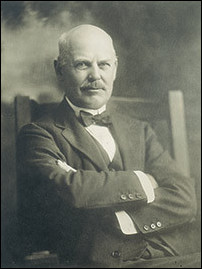 A journal’s impact factor looks at the number of citations within a particular year, but the significance of some research exceeds a one year time frame. To highlight these papers, Google Scholar released their Classic Papers collection, which highlights highly-cited papers that have stood the test of time.
A journal’s impact factor looks at the number of citations within a particular year, but the significance of some research exceeds a one year time frame. To highlight these papers, Google Scholar released their Classic Papers collection, which highlights highly-cited papers that have stood the test of time.
“This release of classic papers consists of articles that were published in 2006 and is based on our index as it was in May 2017,” Sean Henderson, software engineer at Google Scholar, said in a release. “The list of classic papers includes articles that presented new research. It specifically excludes review articles, introductory articles, editorials, guidelines, commentaries, etc. It also excludes articles with fewer than 20 citations and, for now, is limited to articles written in English.”
In the category of electrochemistry, works by ECS members Gleb Yushin, Christopher Johnson, Yuri Gogotsi, and Bernard Tribollet made the list.
Additionally, Michael Graetzel’s 2006 paper published in the Journal of The Electrochemical Society (JES), “Highly Efficient Dye-Sensitized Solar Cells Based on Carbon Black Counter Electrodes,” claimed the number eight spot.
“A journal from a professional society like ECS will look at the value of the science as the value of the science and not necessarily what its pizzazz is at that particular time,” Robert Savinell, editor of JES, told ECS in a recent podcast. “I think that’s one of the reasons we have this 10 year impact factor that’s at the top of the list. We’re looking at quality of the science in the long term.”


 ECS is proud to announce that at the upcoming 232nd ECS Meeting, we will be hosting our first OpenCon satellite event! OpenCon is a conference that places a spotlight, produces discussion, and increases collaboration on issues of open access, open science, open data, open source, and open education. Initially hosted by the Right2Research Coalition and SPARC, satellite events can be held by anyone with an interest in the subject matter. As ECS works to advance its Free the Science initiative, we want to be at the forefront of the open discussion in our industry.
ECS is proud to announce that at the upcoming 232nd ECS Meeting, we will be hosting our first OpenCon satellite event! OpenCon is a conference that places a spotlight, produces discussion, and increases collaboration on issues of open access, open science, open data, open source, and open education. Initially hosted by the Right2Research Coalition and SPARC, satellite events can be held by anyone with an interest in the subject matter. As ECS works to advance its Free the Science initiative, we want to be at the forefront of the open discussion in our industry. When politicians distort science, academics and scientists tend to watch in shock
When politicians distort science, academics and scientists tend to watch in shock  At the
At the  Over one million scientists and science advocates around the world took to the streets on April 22 to celebrate science and bring attention to the role it plays in improving lives, solving problems, and informing evidence-based policy.
Over one million scientists and science advocates around the world took to the streets on April 22 to celebrate science and bring attention to the role it plays in improving lives, solving problems, and informing evidence-based policy. A soda company sponsoring
A soda company sponsoring  No matter the field, if a researcher is collecting data of any kind, at some point he is going to have to analyze it. And odds are he’ll turn to statistics to figure out what the data can tell him.
No matter the field, if a researcher is collecting data of any kind, at some point he is going to have to analyze it. And odds are he’ll turn to statistics to figure out what the data can tell him.  The discovery of an electric arc can be tied to the use of an electrochemical energy source. Sir Humphry Davy described in 1800 an electric discharge using electrochemical cells1 that produced what we would call a spark, rather than an arc. However, in 1808, using an electrochemical battery containing 2000 plates of copper and zinc, he demonstrated an electric arc 8cm long. Davy is also credited with naming the phenomenon an arc (Fig. 1). An electric arc was also discovered independently in 1802 by Russian physicist Vasily Petrov, who also proposed various possible applications including arc welding. There was a long gap between the discovery of the electric arc and putting it to use.
The discovery of an electric arc can be tied to the use of an electrochemical energy source. Sir Humphry Davy described in 1800 an electric discharge using electrochemical cells1 that produced what we would call a spark, rather than an arc. However, in 1808, using an electrochemical battery containing 2000 plates of copper and zinc, he demonstrated an electric arc 8cm long. Davy is also credited with naming the phenomenon an arc (Fig. 1). An electric arc was also discovered independently in 1802 by Russian physicist Vasily Petrov, who also proposed various possible applications including arc welding. There was a long gap between the discovery of the electric arc and putting it to use.